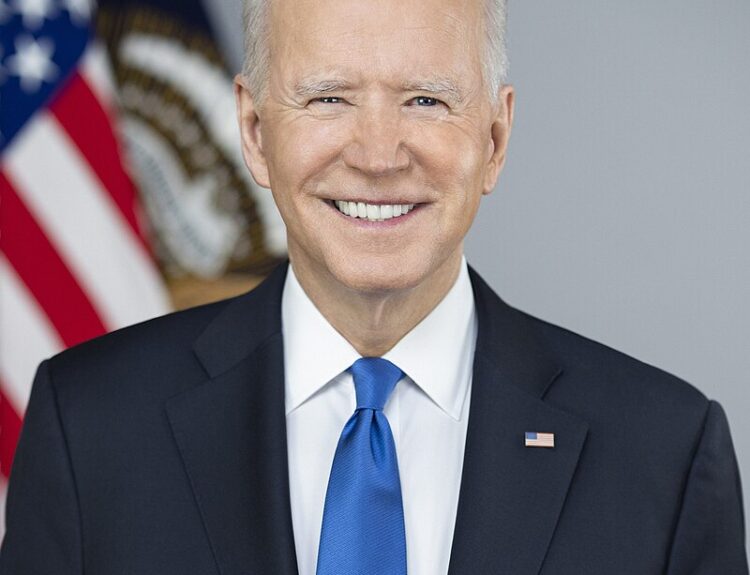Stocks tumble as investors reassess Fed rate cut timeline
- Hotter-than-expected inflation report upends market expectations
- Stocks tumble, Dow Jones down over 460 points
- Treasurys sell off, pushing yields to highest levels of the year
- ICE U.S. Dollar Index jumps to highest in over a month
- Investors and policy makers may have misjudged inflation’s power
- Higher-for-longer theme in interest rates continues
- Timing of first Fed rate cut pushed back to June
- Economy may be in an environment where neutral rate of interest has moved up
- Growing concerns of reigniting inflation
- U.S. economy remains strong despite rate increases
- Annual rate of inflation stuck above 3% for eighth straight month
- Market expectations of orderly descent may not be realistic
- Possibility of stagflation scenario
- Higher-for-longer scenario more likely
- Fed-funds-futures traders see likelihood of rate cut in June
- Inflation expected to be resilient, but may not change Fed’s view
January’s hotter-than-expected inflation report has caused a stir in the financial market, leading to a significant shift in investors’ expectations regarding the Federal Reserve’s interest rate cuts. Stocks have plummeted, with the Dow Jones Industrial Average down by over 460 points in morning trading. Treasury yields have surged, reaching their highest levels of the year, while the U.S. Dollar Index has jumped to its highest point in over a month. The consumer-price-index report for January suggests that achieving the Federal Reserve’s 2% inflation goal will be more challenging than anticipated. This unexpected inflationary pressure has led traders to push back the expected timing of the first Fed rate cut to June. The possibility of a no-rate-cut scenario is now being considered, with concerns that economic growth will remain above trend, unemployment will stay low, and inflation will continue to surprise on the upside. Even before the release of the CPI report, some on Wall Street were already contemplating scenarios in which the Fed might not cut rates at all this year and investors might need to consider the risk of rate hikes. The economy’s resilience, with strong job creation and business activity growth, coupled with persistently high inflation, has raised concerns that the neutral rate of interest may have moved up. While the market was expecting an orderly descent in inflation, the reality seems to be more complex. The Stifel investment firm warns of a potential stagflation scenario, where growth slows or moderates while inflation remains elevated. This scenario could be worse than a recession. However, for now, the higher-for-longer scenario is more likely, with the Fed expected to hold rates at a higher level than the market anticipated. Market expectations for rate cuts have shifted, with a quarter-point rate cut in June now seen as highly likely. The number of rate cuts expected by December has also been reduced, with the consensus leaning towards at least three cuts. Despite the unexpected inflation report, the Fed’s view may not change significantly, as the data is seen as a continuation of the trend of moderating inflation.
Public Companies: Dow Jones Industrial Average (DJIA), ICE U.S. Dollar Index (DXY), SEI Investments (SEIC)
Private Companies: undefined, undefined, undefined, undefined
Key People: Ben Emons (Senior Portfolio Manager and Head of Fixed Income at NewEdge Wealth), Tiffany Wilding (Economist at Pimco), James Solloway (Chief Market Strategist and Senior Portfolio Manager at SEI Investments), Brent Schutte (Chief Investment Officer at Northwestern Mutual Wealth Management Co.), Lauren Henderson (Stifel, Nicolaus & Co.), Marc Chandler (Chief Market Strategist at Bannockburn Global Forex)
Factuality Level: 7
Justification: The article provides information about the January inflation report and its impact on the financial market. It includes quotes from experts and discusses the possibility of the Federal Reserve cutting interest rates. The information seems to be based on factual data and expert opinions. However, there is some speculation and uncertainty about future events, which lowers the factuality level slightly.
Noise Level: 3
Justification: The article provides relevant information about the January inflation report and its impact on the financial market. It discusses the potential misjudgment of inflation and the implications for interest rates. The article includes quotes from experts and presents different scenarios. However, it lacks scientific rigor and intellectual honesty as it does not provide data or evidence to support its claims. It also does not offer actionable insights or solutions.
Financial Relevance: Yes
Financial Markets Impacted: The article mentions that the hotter-than-expected inflation report threw the financial market into a tailspin, with stocks tumbling and Treasurys selling off aggressively. It also mentions the ICE U.S. Dollar Index jumping to its highest in more than a month.
Presence of Extreme Event: No
Nature of Extreme Event: No
Impact Rating of the Extreme Event: No
Justification: The article discusses the impact of the inflation report on the financial market, but there is no mention of an extreme event.
 www.marketwatch.com
www.marketwatch.com 





